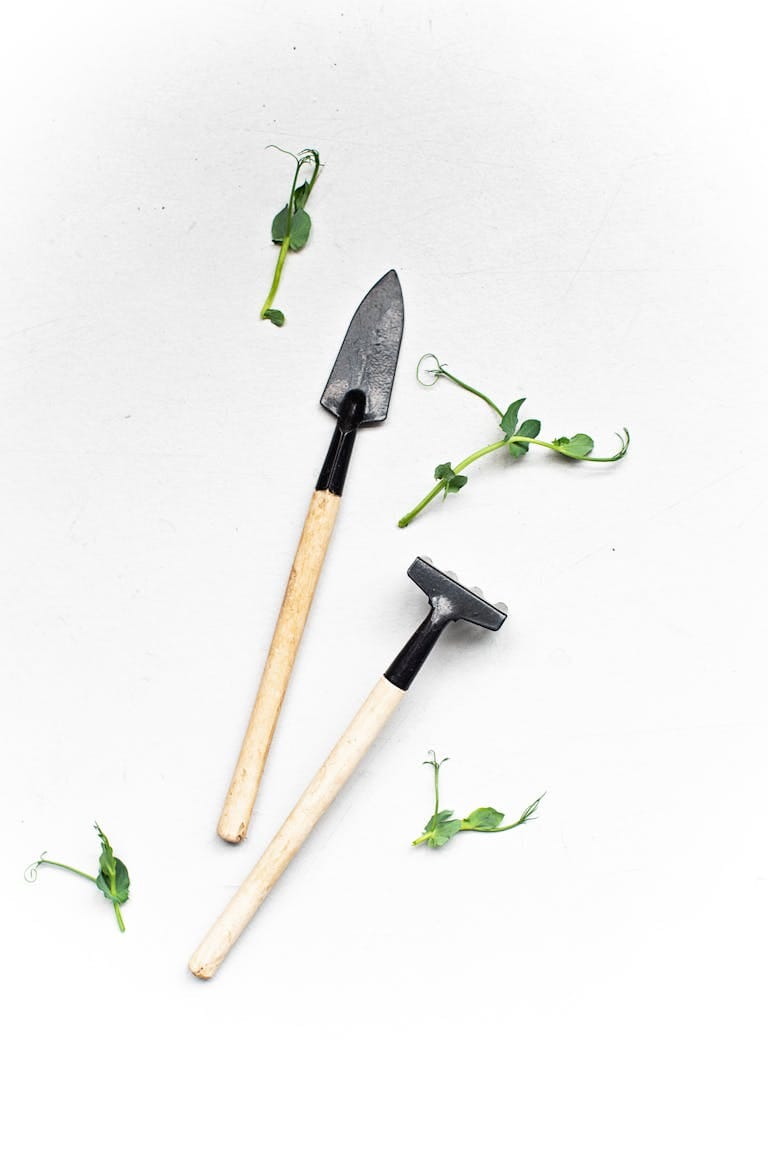Drought-Resistant Plants for a Low-Maintenance Garden Yard

Climate change and growing environmental concerns, creating a beautiful garden yard that conserves water and requires minimal maintenance is a smart and eco-friendly choice. Drought-resistant plants, also known as xerophytes, are the heroes of such gardens. They not only add aesthetic appeal but also contribute to water conservation and ease of care. In this blog, we’ll explore the world of drought-resistant plants and offer tips on creating a low-maintenance garden yard that thrives even in dry conditions.
Low-Maintenance Plants for a Beautiful Garden
Before we delve into plant recommendations and garden design, let’s take a moment to understand why drought-resistant plants are a fantastic choice for your garden yard
A beautiful garden can bring joy and serenity to homeowners, but maintaining it can sometimes be a challenge. Busy schedules, changing seasons, and unpredictable weather can all contribute to difficulty keeping up with a garden’s needs.
To help alleviate some of these concerns, a variety of low-maintenance plants can thrive with minimal care while still providing visual appeal.
This article will introduce you to ten remarkable low-maintenance plants that are perfect for creating a beautiful garden without the need for constant care.
Each plant possesses unique characteristics and adaptations that make it well-suited for stress-free gardening while contributing to a visually stunning landscape.
Defining Low-Maintenance Plants
Low-maintenance plants are those that require minimal attention and care in order to grow and flourish.
These plants often have innate characteristics that make them resistant to common gardening challenges such as pests or diseases, adaptable to various soil types, and able to withstand varying weather conditions.
Low-maintenance plants come in many forms, including perennials, shrubs, groundcovers, and ornamental grasses. These plants typically require less watering, pruning, and disease management, allowing gardeners to enjoy their outdoor spaces more.
In addition, many of these plants offer added benefits, such as attracting pollinators or providing privacy and security when grown as hedges.
Several factors contribute to a plant being deemed low-maintenance. Some of these factors include:
Drought Tolerance
Many low-maintenance plants can survive extended periods with little water. They have mechanisms to store water or can access deep water sources through their root systems, thus requiring less frequent watering.
Slow Growth
Generally, plants that grow slowly require less pruning and grooming. Slow-growing plants are also less likely to outgrow their designated space or become invasive.
Minimal Fertilization
Some plants can thrive in nutrient-poor soils or can derive nutrients from surrounding sources. These plants do not require frequent fertilization, making them easier to maintain.
Pest and Disease Resistance
Certain plants are naturally resistant to common pests and diseases. These plants are hardy and can grow without the need for constant vigilance and treatment for pest or disease issues.

why drought-resistant plants are a fantastic choice for your garden yard:
Water Conservation: Drought-resistant plants are naturally adapted to arid conditions, meaning they require significantly less water than traditional garden plants. This reduces your water consumption and utility bills.
Low Maintenance: Once established, drought-resistant plants are relatively easy to care for. They require less frequent watering, saving you time and effort in maintaining your garden.
Adaptability: These plants are hardy and can thrive in various soil types and climates, making them versatile choices for any garden.
Choosing the Right Drought-Resistant Plants:
Now, let’s explore some popular drought-resistant plant options that can transform your garden yard into a low-maintenance oasis:
Lavender (Lavandula): Known for its fragrant blooms and silvery foliage, lavender is a Mediterranean native that loves the sun. It’s both drought-tolerant and attractive to pollinators.
Succulents: Succulents like agave, aloe, and sedum are water-storing plants that come in various shapes and sizes. They thrive in dry conditions and add unique textures to your garden.
Russian Sage (Perovskia atriplicifolia): This perennial produces airy, lavender-blue spikes of flowers and has silvery foliage. It’s exceptionally drought-resistant and attracts butterflies.
Red Yucca (Hesperaloe parviflora): Native to Texas, this plant features striking red or coral flowers on tall spikes. It’s incredibly resilient and can withstand heat and drought.
Rosemary (Rosmarinus officinalis): Rosemary not only adds flavor to your kitchen but also beauty to your garden yard. It’s drought-resistant, evergreen, and produces lovely blue flowers.
Now that you have some plant options in mind, here are a few tips for designing your drought-resistant garden yard:
Group Plants Wisely: Cluster plants with similar water needs together. This ensures efficient watering and reduces the risk of overwatering some plants while underwatering others.
Mulch: Apply a layer of mulch around your plants to conserve soil moisture, suppress weeds, and maintain a more even soil temperature.
Drip Irrigation: Consider installing a drip irrigation system that delivers water directly to the root zone of your plants, minimizing water wastage.
Hardscape Elements: Incorporate hardscape features like gravel paths, stone walls, or decorative rocks to reduce the overall area that needs regular watering.
Native Plants: Choose native drought-resistant plants whenever possible, as they are well-suited to your local climate and soil conditions.






